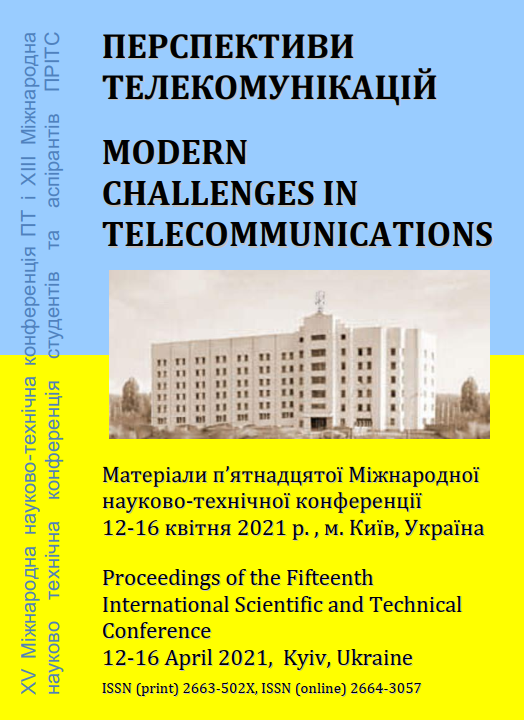ПІДХІД ДО ОРКЕСТРУВАННЯ ВЕБ-СЕРВІСІВ У КЛАСТЕРІ, ЩО ВИКОРИСТОВУЄ РЕСУРСИ ПРИСТРОЇВ У КОРПОРАТИВНІЙ МЕРЕЖІ
Ключові слова:
ВЕБ СЕРВІСИ, ОРКЕСТРУВАННЯ, МЕРЕЖААнотація
Робота присвячена актуальній проблемі ефективного виконання веб-сервісів у кластерному середовищі. На даний момент існують рішення з оркестрації веб-сервісів у кластері, але вони призначені насамперед для кластерів зі стаціонарною архітектурою, у той час як використання ресурсів пристроїв, що підключені до корпоративної мережі, передбачає її досить часті зміни. У роботі пропонується підхід на основі використання балансувальника навантаження Nginx, який дозволяє задіяти вільні ресурси пристроїв під керуванням різних операційних систем ОС Windows, Linux, macOS, що підключені до мережі. Ефективність такого рішення оцінена за допомогою засобів для тестування пропускної здатності сервера Artillery.Посилання
Nginx documentation, “Dynamic Configuration of Upstreams with the NGINX Plus API”, available at: [https://docs.nginx.com/nginx/admin-guide/load-balancer/dynamic-configuration-api/].
Chris Richardson, “Pattern: Microservice Architecture”, 2020, available at: [https://microservices.io/patterns/microservices.html].
Nginx documentation, “What Is Load Balancing?”, available at: [https://www.nginx.com/ resources/glossary/load-balancing/#:~:text=A%20load%20balancer%20acts%20as,overworked %2C%20which%20could%20degrade%20performance].
Tony Mauro of F5, “Choosing an NGINX Plus Load‑Balancing Technique”, October 29, 2015, available at: [https://www.nginx.com/blog/choosing-nginx-plus-load-balancing-techniques/].
Nginx documentation, “FastCGI Example”, available at: [https://www.nginx.com/ resources/wiki/start/topics/examples/fastcgiexample/].
##submission.downloads##
Опубліковано
Як цитувати
Номер
Розділ
Ліцензія

Ця робота ліцензується відповідно до Creative Commons Attribution 4.0 International License.
Authors who submit to this conference agree to the following terms:a) Authors retain copyright over their work, while allowing the conference to place this unpublished work under a Creative Commons Attribution License, which allows others to freely access, use, and share the work, with an acknowledgement of the work's authorship and its initial presentation at this conference.
b) Authors are able to waive the terms of the CC license and enter into separate, additional contractual arrangements for the non-exclusive distribution and subsequent publication of this work (e.g., publish a revised version in a journal, post it to an institutional repository or publish it in a book), with an acknowledgement of its initial presentation at this conference.
c) In addition, authors are encouraged to post and share their work online (e.g., in institutional repositories or on their website) at any point before and after the conference.

